- JST Home
- /
- Strategic Basic Research Programs
- /
 PRESTO
PRESTO- /
- project/
- Dynamic supra-assembly of biomolecular systems/
- [Supra-assembly of biomolecule] Year Started : 2022
[Supra-assembly of biomolecule] Year Started : 2022
Naoki Inomata
Elucidation of intracellular thermal dynamics
Grant No.:JPMJPR22E1
Researcher
Naoki Inomata
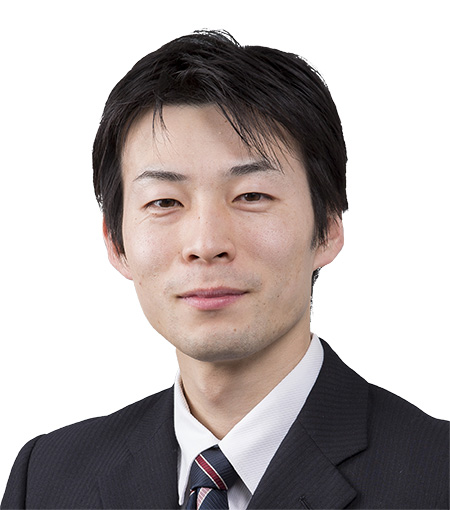
Associate Professor
Graduate School of Engineering
Tohoku University
Outline
The thermal properties of organelles, roles/contributions on intracellular thermal processes, and their interactions between each organelle are clarified based on the intracellular dynamic temperature and temporal information using the highly sensitive thermometer array. The novel intracellular analysis method will be established achieving the high thermal resolutions, high temporal resolution, and wide measurable range from micro to macro. This project contributes to create innovative technologies in thermal engineering by utilizing new thermal processes and control concepts in life sciences.
Mao Oide
Development of novel analysis method for biomolecular dynamics integrating experimental and computational approaches
Grant No.:JPMJPR22E2
Researcher
Mao Oide
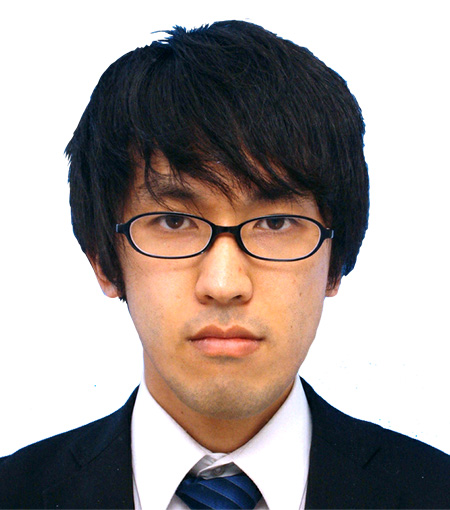
Assistant Professor
Institute of Protein Science
The University of Osaka
Outline
Elementary processes of biological phenomena are regulated by complicated, dynamic interactions of intracellular biomolecules and complexes, and it is difficult to analyze these interactions. In this research, I will develop a novel method for structural classification and dynamics analysis by integrating cryo-EM structural analysis and computational approaches. Furthermore, by applying the developed method to actual protein cryo-EM images, I will elucidate the multiscale dynamics of target proteins in vivo during their functional processes.
Kazuki Kato
Development of new cell manipulation technology using Cas7-11 enzyme
Grant No.:JPMJPR22E3
Researcher
Kazuki Kato
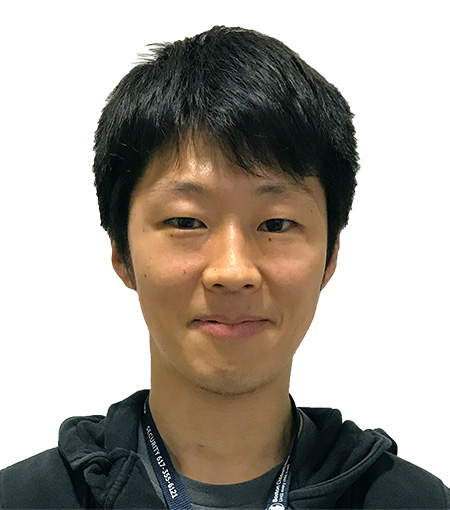
Tenure-track Associate Professor
Institute of Integrated Research
Institute of Science Tokyo
Outline
Cas7-11 is a newly identified CRISPR-Cas enzyme, and has RNA-guided Rnase activity and protease activity. The goal of my proposal is to develop new application of cell manipulation by using the Cas7-11 enzyme.
Tsukasa Kusakizako
Elucidation of supramolecular machinery in hair cells by establishing and applying a versatile cryo-CLEM strategy
Grant No.:JPMJPR22E4
Researcher
Tsukasa Kusakizako

Research Associate
Graduate School of Science
The University of Tokyo
Outline
Inner ear hair cells transduce mechanical stimuli induced by sound into electrical signals. This project aims to establish a versatile method that incorporates cryo-CLEM (correlative light and electron microscopy) for efficient cell observations. By cryo-electron tomography using this strategy, I aim to visualize supramolecular assemblies responsible for dynamic mechanoelectrical signal transduction in hair cells, and elucidate the essential mechanism of hair cell functions.
Hiroka Sugai
Development of peptide tags for controlling the reversible assembly of proteins
Grant No.:JPMJPR22E5
Researcher
Hiroka Sugai
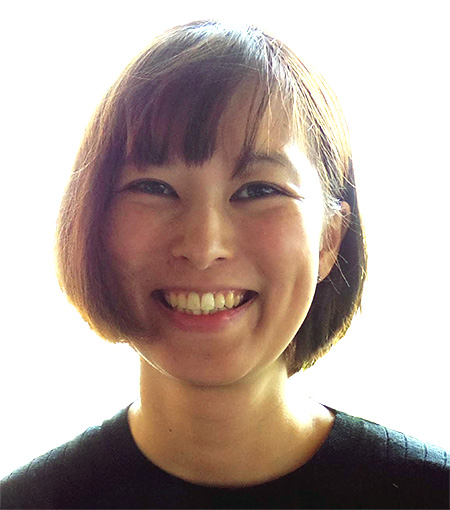
Specially Appointed Assistant Professor
Institute of Integrated Research
Institute of Science Tokyo
Outline
To understand the roles and mechanisms of the biological phenomena associated with the assembly of proteins, it is useful to not only observe the natural assembly of proteins in cells, but to also develop techniques to artificially manipulate protein assembly. In this study, we develop short peptide tags that can control protein assembly in a reversible manner in response to an external stimulus such as a change in pH. We further utilize these peptide tags for understanding the amyloid formation mechanism of proteins involved in neurodegenerative diseases.
Hirotomo Takatsuka
Dynamic interaction between organelles drives cell differentiation
Grant No.:JPMJPR22E6
Researcher
Hirotomo Takatsuka
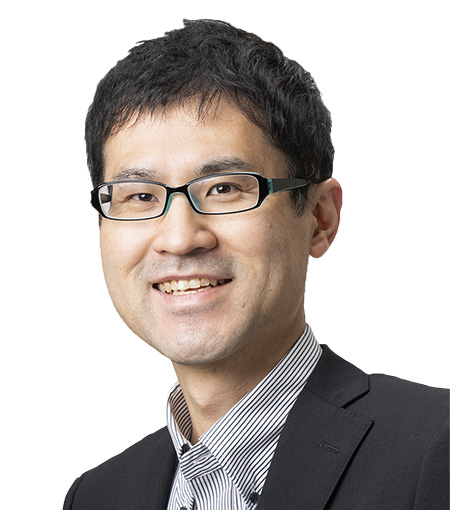
Associate Professor
Faculty Division of Natural Sciences Research
Nara Women’s University
Outline
Root hairs, extensions from the surface of plant roots, have an essential role in absorbing water and nutrients from the soil. Thus far, many genes involved in root hair differentiation have been identified; yet, it remains unclear how they are induced at the optimal timing. This research aims to prove a new concept that the large vacuole, which occupies most of the room in the plant cell, and the nucleus, which constitutes the center of gene expression, dynamically interact and regulate each other’s behavior, thereby enabling precise control of gene expression and the resulting root hair differentiation.
Yodai Takei
Modulation of cell state transition by combinatorial perturbation of subnuclear structures
Grant No.:JPMJPR22E7
Researcher
Yodai Takei
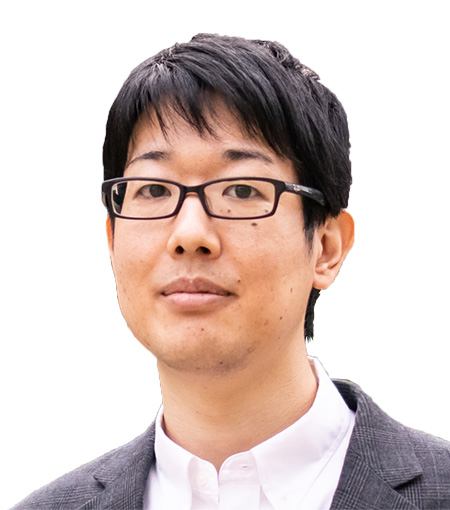
Research Scientist
Biology and Biological Engineering
California Institute of Technology
Outline
The cell state transition is a fundamental process in many biological systems from development to aging. The recent advances of single-cell profiling technologies have enabled us to understand cell state transition across different modalities (e.g. transcriptome, epigenome) at the single cell level. While some studies have shown the critical relationships between reorganization of subnuclear structures and cell state transition, it remains unclear how the reorganization of subnuclear structures can regulate the cell state transition. The goal of my research project is to develop a general framework to modulate cell state transition via combinatorial perturbations upon subnuclear structures, guided by single-cell multi-omics datasets.
Hirofumi Toda
Immunity and sleep: two distinct biological phenomena controlled by liquid-liquid phase separation
Grant No.:JPMJPR22E8
Researcher
Hirofumi Toda
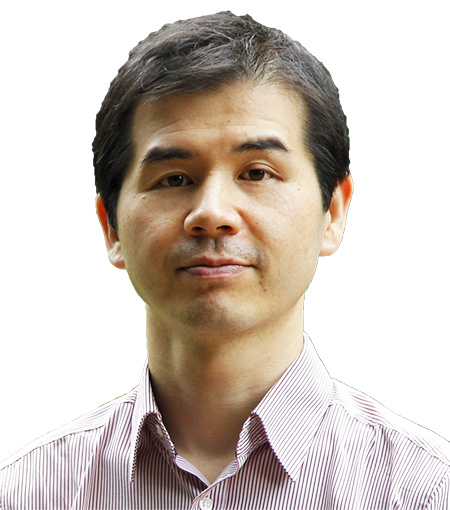
Specially Appointed Assistant Professor
IIIS
University of Tsukuba
Outline
Through exploring the molecular action of Nemuri, I aim to understand how liquid-liquid phase separation, a microscopic phenomenon inside cells, can control the macroscopic organismal phenomena, immunity and sleep,
Yusuke Nasu
Live tissue clearing technology for unraveling neural metabolism in deep tissue
Grant No.:JPMJPR22E9
Researcher
Yusuke Nasu
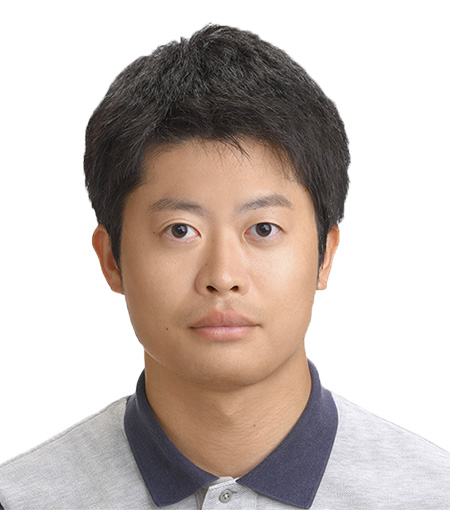
Assistant Research Fellow
Institute of Biological Chemistry
Academia Sinica
Outline
I aim to develop a technology for clearing live mammalian tissue to observe intracellular targets in deep tissue with high spatiotemporal resolution. High-performance lactate biosensor R-iLACCO1 and protein engineering techniques will be applied to achieve the goal.
Naoto Hori
Development of a coarse-grained simulation model for long RNA molecules
Grant No.:JPMJPR22EA
Researcher
Naoto Hori
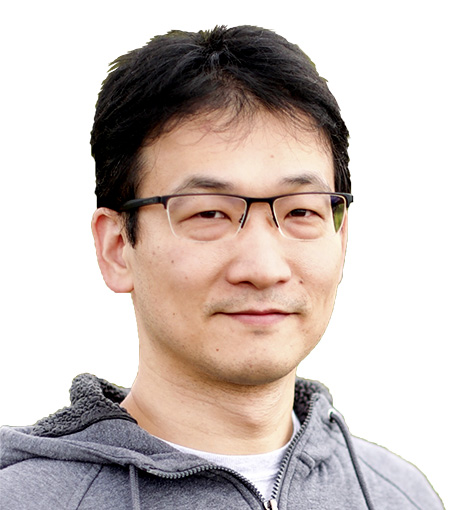
Assistant Professor
School of Pharmacy
University of Nottingham
Outline
Long RNA molecules are responsible for carrying genetic information as well as various regulatory functions in cells, and are also important as components of coronaviruses and their vaccines. However, their structure at the molecular level, which is key to understanding their properties and functions, remains largely unknown due to the difficulty of direct experimental observation. This project aims to develop a molecular simulation technique to reveal the structural ensemble of long RNAs spanning several thousand nucleotides, with the aim of elucidating their functional mechanisms and applying them to RNA medicine.
Takeya Masubuchi
Deciphering the molecular mechanism of the higher-order assemblies of immune receptors using DNA nanotechnology
Grant No.:JPMJPR22EB
Researcher
Takeya Masubuchi
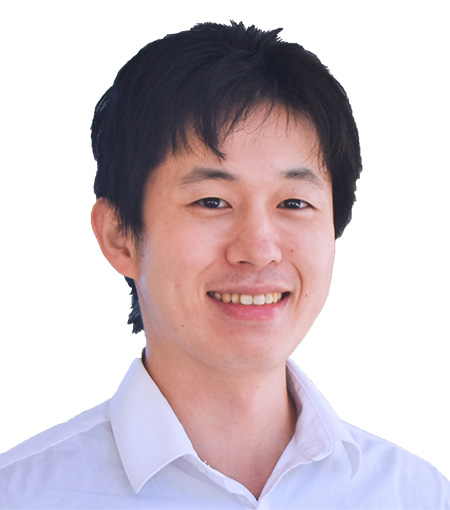
Postdoctoral Scholar
Division of Biological Sciences
University of California San Diego
Outline
This research proposal aims to assess a new molecular model for PD-1 cluster formation by deciphering the elements of PD-1 cluster assembly through developing new reconstitution systems combining DNA nanotechnology with the conventional reconstitution systems. This research further assesses a new PD-1 molecular function in the context of the proposed molecular model of PD-1 cluster formation.
Masafumi Minoshima
Temporally-unlimited organelle imaging with a sustainable protein labeling method
Grant No.:JPMJPR22EC
Researcher
Masafumi Minoshima
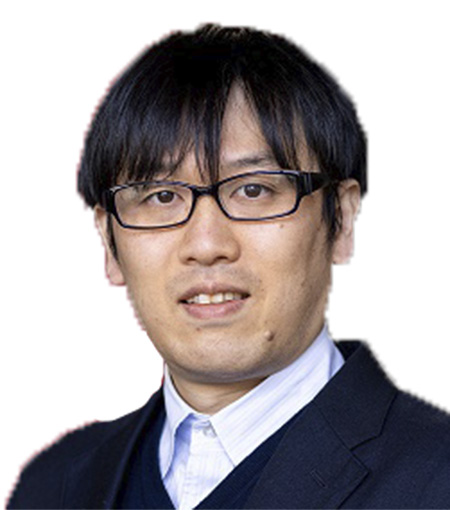
Associate Professor
Graduate School of Engineering
The University of Osaka
Outline
In this study, I develop a sustainable protein labeling method by continuously exchanging fluorescent chemical probes to the target protein of interest in organelles. I will apply this protein labeling method to temporally unlimited organelle imaging in living cells, long-term superresolution imaging, multicolor imaging, and imaging organelle contact-sites for understanding the dynamics of fine organelle structures and interorganelle interactions.
Keisuke Mochida
Visualization and analysis of the degradation process of endoplasmic reticulum proteins
Grant No.:JPMJPR22ED
Researcher
Keisuke Mochida
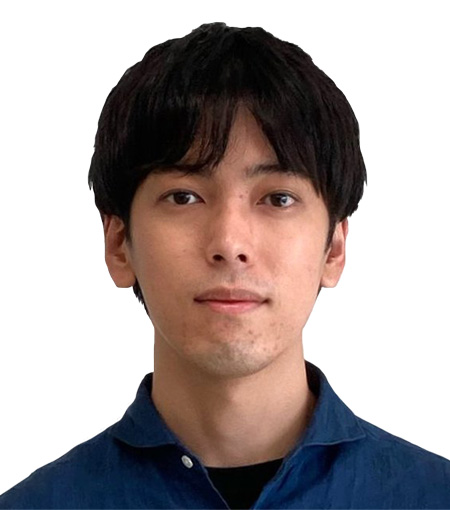
Assistant Professor
Institute of Integrated Research
Institute of Science Tokyo
Outline
Eukaryotic cells have developed unique protein degradation systems for maintaining the quality and quantity of endoplasmic reticulum (ER) proteins. However, little is known about the spatio-temporal conditions for each process in the degradation of ER proteins. In this study, I will develop a fluorescence imaging technique for observing and analyzing the degradation process. This project aims to use a novel approach to more deeply understand molecular mechanisms involved in the degradation of ER proteins.
Eiji Yamamoto
Hierarchical elucidation of molecular behavior inside membraneless organelles
Grant No.:JPMJPR22EE
Researcher
Eiji Yamamoto
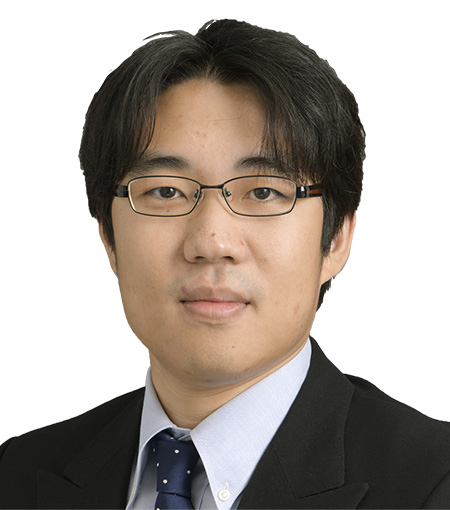
Associate Professor
Faculty of Science and Technology
Keio University
Outline
Liquid-liquid phase separation in cells forms membraneless organelles including proteins and RNAs. In this study, we develop a multi-scale simulation method that crosses from microscopic (atomic and molecular dynamics) to mesoscopic (phase separation) hierarchies to elucidate the effects of dynamic heterogeneity inside membraneless organelles on the diffusion, localization, and interaction of molecules.













